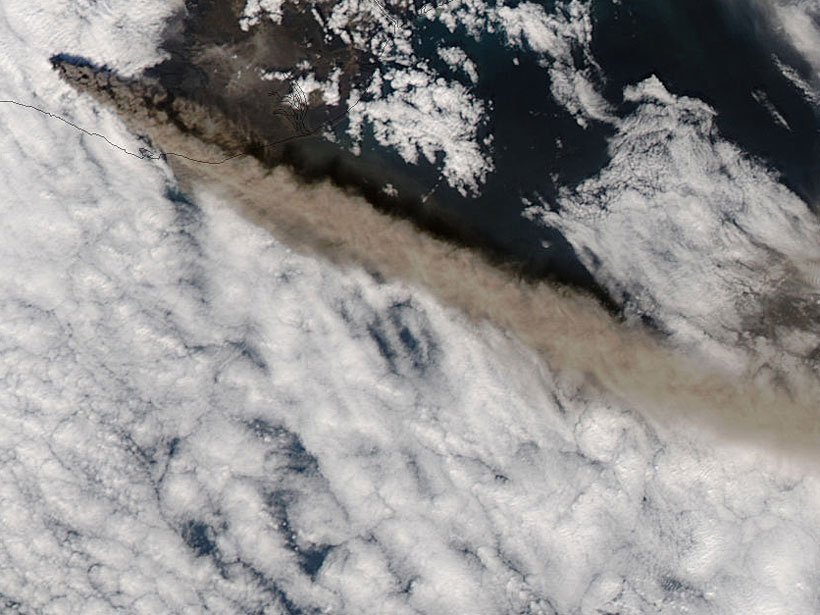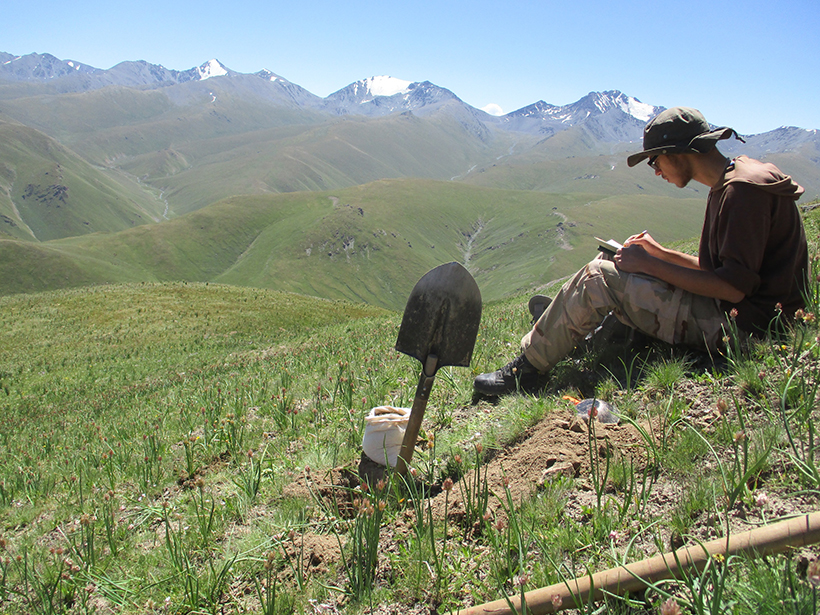The ash plumes from the eruption of the Icelandic volcano in 2010 disrupted air travel in Europe for several weeks. Since then, scientists have developed models to mitigate ash’s impacts.
News
Nonscientists Struggle to Separate Climate Fact from Fiction
People were much worse at identifying false statements about climate change than about general science, and they were overly confident in their answers.
The Long-Term Effects of Covid-19 on Field Science
As scientists wait, worry, and hunker down, they’re also looking ahead to how their projects will need to adapt.
Urban Heat Islands Are Warming the Arctic
Even in the remote high latitudes, a new satellite study sees rising temperatures and spreading green belts around cities, with big impacts on soils and ecosystems.
Air Pollution Can Worsen the Death Rate from COVID-19
Scientists find that highly polluted counties in the United States will have a COVID-19 death rate 4.5 times higher than those with low pollution if they’re otherwise similar.
Walter C. Pitman III (1932–2019)
Pitman pioneered research on seafloor spreading, proposed a scientific backstory to the Great Flood and Noah’s Ark, and reveled in spirited discussions of all kinds.
This Week: Guilty Pleasures to Get You Through Quarantine
Taking a brief break from Earth and space science for…primal screams and pet pics?
Coronavirus Lockdown Brings Clean Air to Spanish Cities
Measures against the spread of the new coronavirus have an unexpected side effect: record-low air pollution levels.
El Compostaje Humano es el Camino Ecológico a Seguir
Nuestro impacto ambiental no desaparece cuando morimos, pero existe una forma de convertir este impacto en algo positivo.
Atmospheric Scientists Show Resilience in the Face of Lockdowns
As businesses, schools, and entire cities shut down to prevent the spread of the coronavirus, scientists have been forced to adapt to radically altered working conditions and data collection techniques.









